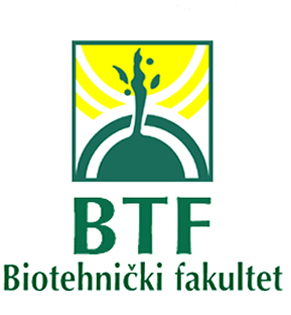| Year : |
2019 |
| Volume : |
65 |
| Issue : |
2 (30.06.2019) |
| |
|
| Authors : |
Mirjana BOJANIĆ RAŠOVIĆ |
| Title : |
SIGNIFICANCE OF THE PROTECTION OF HONEY BEES FROM BRAULOSIS (WITH A SPECIAL FOCUS ON MONTENEGRO) |
| Abstract : |
The causative agent of bee braulosis is ectoparasite, bee louse Braula coeca Nitzsch (Insecta: Diptera: Braulidae). Harmful effects are caused by larvae of bee louse which are found in the honeycomb and its adult forms that parasitize on the honeybee A. mellifera. Adults bee louse live on the bee body, feeding on nectar, honey and royal jelly from the bee's mouth. A strong invasion can lead to the weakening of the entire bee's society and its death. Damage of honey and wax caused by larvae of bee louse leads to economic losses. There have been no systematic studies in this disease in Montenegro, nor has it been diagnosed in Montenegro so far. Legislation in Montenegro does not prescribe measures for the prevention, suppression and eradication of this disease. Regular diagnostics of this disease should be carried out in order to prevent and eradicate it in the event of its occurrence. In order to detect braulosis, it is necessary to have a regular control of the queens bee and frames with the honeycomb. Braulosis is most often suppressed by the use of thymol or camphor. Good beekeeping practice can significantly influence the prevention of disease. |
| For citation : |
Rašović Bojanić, M. (2019): Significance of the protection of honey bees from Braulosis (with a special focus on Montenegro). Agriculture and Forestry, 65 (2): 113-121. DOI: 10.17707/AgricultForest.65.2.09 |
| Keywords : |
Braula coeca, braulosis, Apis mellifera, Montenegro |
| |
|
| download paper |

